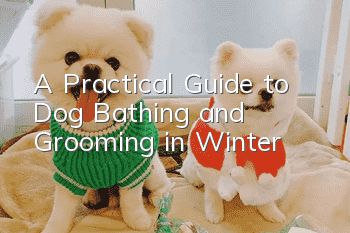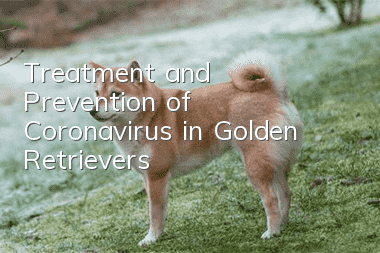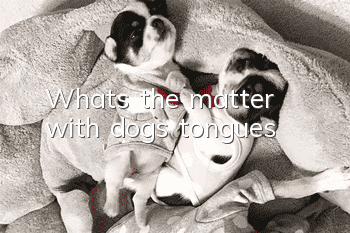A Practical Guide to Dog Bathing and Grooming in Winter

If the dog is clean, the owner will naturally feel closer to the dog. It is relatively easy to bathe a dog in the summer, but in the winter, the weather is cold and the dog will get sick if it catches the cold. Bathing it is indeed not an easy task. Now I will teach you how to bathe and groom your dog correctly in winter.
Cold winter
Pay more attention to bathing and beauty treatment
Some small details that we overlooked
POINT 1. Water temperature
Only when the dog's skin is healthy can it play a protective role and prevent the dog from unnecessary harm. Overheated water will affect the oils that protect your dog's skin and destroy your dog's ability to protect itself.
It is advisable for dogs to bathe at 36°C in spring and summer. In autumn and winter, it is slightly higher than spring and summer by 2-3°C.
POINT 2. Quick drying
Deerskin towels have high water absorbency. If you wipe your dog with a deerskin towel just after taking a bath, it can absorb more water, so that the dog's hair dries faster.
An ordinary household hair dryer can be used to dry the dog's hair after bathing in winter. There is no need to go out of your way to buy a pet store dryer.
When blowing your dog's hair, you must keep a long distance and measure the heat with your hands. Dogs are creatures that are very afraid of heat!
For poodles such as Teddy and Bichon Frize, just blow-drying is not enough. You must also use a nail comb to comb the hair. Otherwise, even after blow-drying, the hair will be curly and very easy to tangle. Combing and blow-drying at the same time will also make it faster!
POINT 3. Work both internally and externally
In winter, it is not only necessary to take food supplements, but also to "maintain both internal and external health" is perfect. Owners often think of giving their dogs some nutrients to replenish their physique in winter, but they forget that the skin also needs to maintain good metabolic function in winter. Therefore, in addition to providing dietary nutrients, owners must also supplement nutrients for the skin and coat for survival. Cell growth.
The growth of a dog's coat is generally divided into three cycles, but some details in our home environment can affect the dog's endocrine. For example, if the indoor temperature is too warm in winter, the dog will have endocrine disorders, thinking it is still summer and stimulating hair loss, resulting in loose skin and delayed coat growth. Therefore, it is important to add some conditioning products in winter. When choosing products, you must take into account not only your skin but also the quality of your coat. Choose products that are easily absorbed, making the coat easier to comb and free of static electricity.
POINT 4. Cut nails
How to cut nails also requires a lot of knowledge. Unlike cats, dog nails cannot shrink. Moreover, the color of a dog is related to the color of the surrounding skin and hair, so it is very likely that the nail color of the same paw will be different~ It is relatively easier to cut light-colored nails, because the nails above the "blood line" (quick) The part is pink. As long as you leave about two millimeters away from the pink area, you won't bleed when you cut! As for dark nails, parents, please be careful! You can't see the blood line, so try to go as slowly as possible. Cut, a little at a time, several times.
POINT 5. Avoid catching cold
In winter, heaters or warm air are turned on at home. For owners, these heating equipment are enough. However, dogs at home often sleep on the ground. Dogs lying on the floor in rooms without geothermal heating are prone to colds and may develop symptoms of colds and diarrhea. , so it is necessary to prepare a warm nest for them so that the little ones can survive the cold winter healthily.
- How long does dog hair loss last in spring? Teach poop owners several ways to reduce dog hair loss!
- Why is the dog always barking for no reason?
- What should I do if my golden retriever vomits after eating too much?
- Things to note when choosing puppy food
- The dog looks "guilty" after being taught a lesson by his owner. Does he really know he was wrong?
- What are the precautions and preparations for dog breeding? A complete guide to dog breeding!
- What are the symptoms of dog mite skin disease?
- Can dogs eat red grapefruit?
- Dog still has blood one month after giving birth
- Is Teddy dog’s yellow urine caused by internal heat? What causes it?



